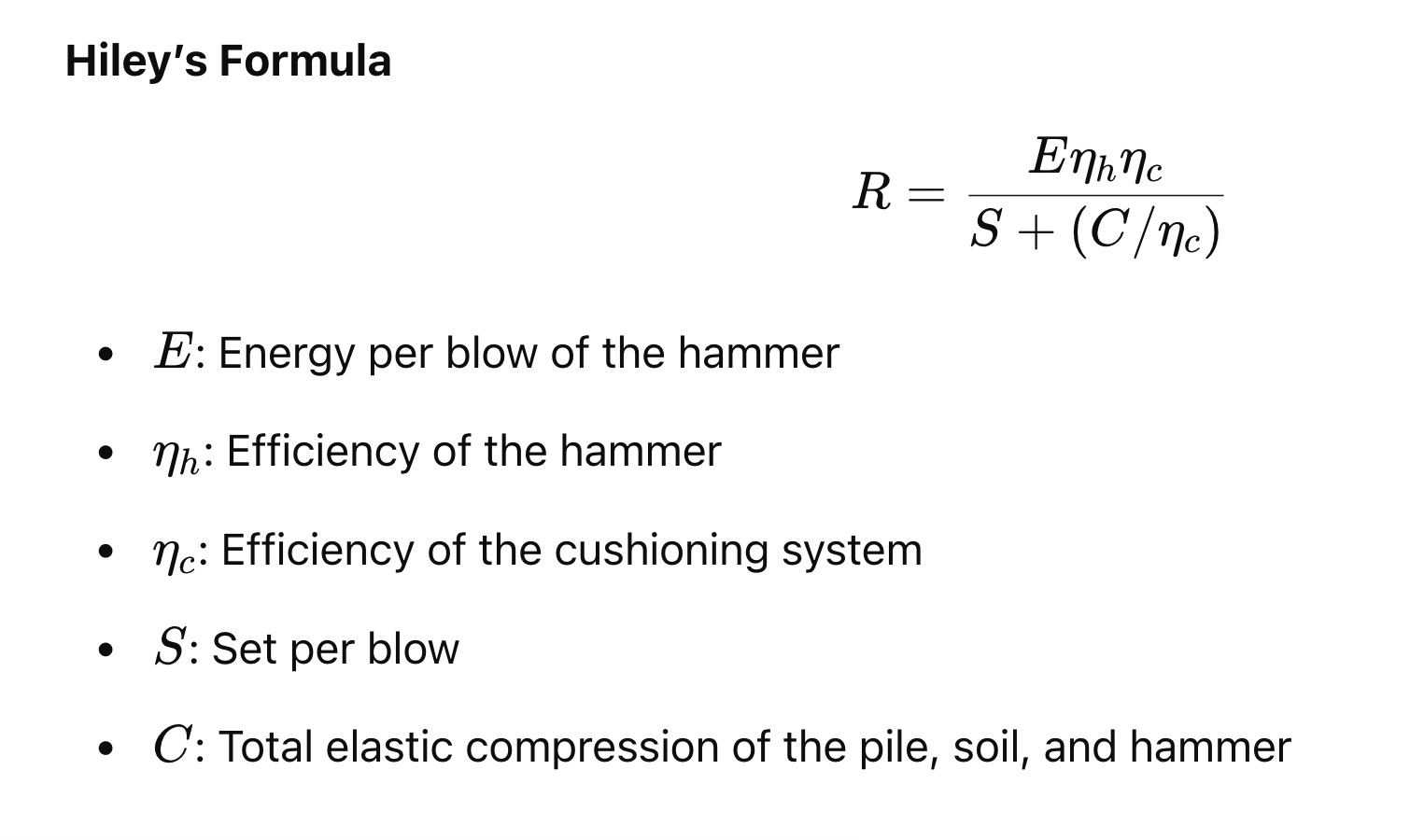Column Footing – What is the meaning of column footing? A column footing is usually a block of concrete poured in the bottom of a hole so that the weight placed on the column can be distributed through a larger area. This helps prevent columns from sinking into the ground over time.
Search for : What is the meaning of column footing? What are the 3 types of columns? The ancient Greeks were wonderful architects. They invented three types of columns to support their buildings. There was the stylish Doric, the Ionic with its scrolls, and the fancy Corinthian.
What is Column Footing?
What is a footing and a slab Slab-on-grade foundation. As the name suggests, a slab is a single layer of concrete, several inches thick. The slab is poured thicker at the edges, to form an integral footing; reinforcing rods strengthen the thickened edge. The slab normally rests on a bed of crushed gravel to improve drainage.
The term footing is used in conjunction with shallow foundations commonly. A footing is a foundation unit constructed in brick work, masonry or concrete under the base of a wall or a column for the purpose of distributing the load over a large area.
Slab-on-grade or floating slab foundations are a structural engineering practice whereby the concrete slab that is to serve as the foundation for the structure is formed from a mold set into the ground. The concrete is then placed into the mold, leaving no space between the ground and the structure.
Concrete cures within three to seven days, depending on the type of cement used, the location and the ambient temperature of the area. Set anchor bolts into concrete after a week of curing with instructions from an experienced carpenter and construction specialist in this free video on carpentry.

Column Footing
What is column footing?
Column footing is provided to transfer or distribute the load coming from the superstructure to the soil below and also to make sure that the intensity of bearing pressure between the footing and soil is within the permissible limit of the bearing capacity of the soil.
What is column footing size?
In a simple ground floor building, thumb rule, utilizing standard 9″ thick walls, we suggested the size of column footing must be 3.5’×3.5’×3.5′ (1m x 1m×1m) for isolated footing shallow foundation in gravel and sand soil with ultimate bearing capacity in which width dimensions is 3.5’×3.5′. Read Measurement as 3.5 feet into 3.5 feet.
How many types of column footings are there?
The foundations which are made common to more than one column are called combined footings . There are different types of combined footing, including slab type, slab and beam type, rectangular, raft, and strap beam type.
What are 3 types of footings?
There are three different types of shallow footings commonly used: individual, strip and raft footings. Individual Footings – These are probably the most commonly used type in building construction, and are used when columns are carrying the weight load of the building.
What is the ratio for footings?
What is the concrete mix ratio for footings? A concrete mix of 1 part cement : 2 parts sand : 4 parts coarse aggregate (by volume) should be used for footings. Concrete must be placed within half an hour of mixing.
How deep should column footings be?
Footings should extend to a minimum depth of 12 inches below previously undisturbed soil. Footings also must extend at least 12 inches below the frost line (the depth to which the ground freezes in winter) or must be frost-protected. Generally it’s 6 feet or more.
What is the typical footing size?
Under every house is a foundation, and under most foundations are footings. Most of the time we take footings for granted, and usually we can: For typical soils, a common 16- or 20-inch-wide footing can more than handle the relatively light weight of an ordinary house.
What is a footing thickness?
Footing thickness – 8 to 12 inches. Footing depth – varies based on frost line and soil strength (some footings can be shallow, while other must be deep)